So I post to a few forums about bike stuff and on another (non frame specific) I replied to a concern about grease damaging carbon fiber frames. My reply was that there were no chemicals available from your local hardware store that would damage carbon fiber. This is nearly a direct quote of Craig Calfee's during a NAHBS seminar he gave a few years ago.
My question here is whether this is true. Does a person need to be concerned with the commonly available solvents, strippers, cleaners, reducers, and such that are easy to get?
many thanks. Andy. (Who doesn't ride carbon and only gets paid to work on the dang things)


 Likes:
Likes: 


 Reply With Quote
Reply With Quote
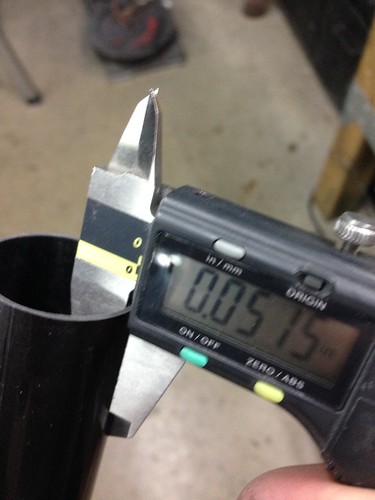
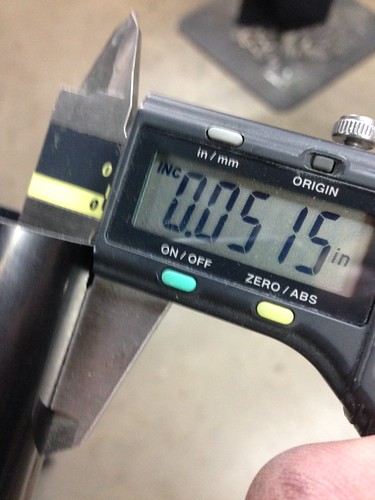
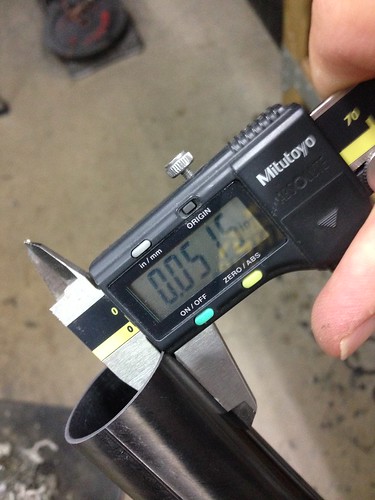

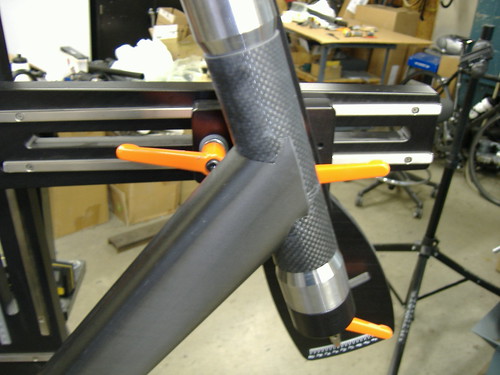
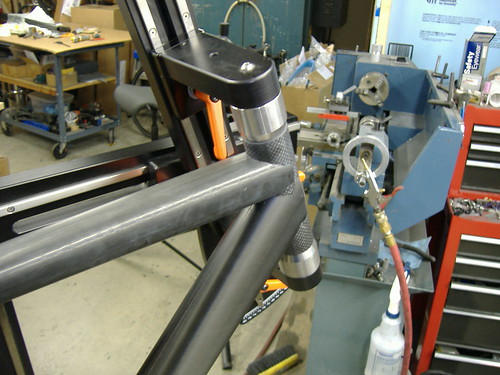

Bookmarks